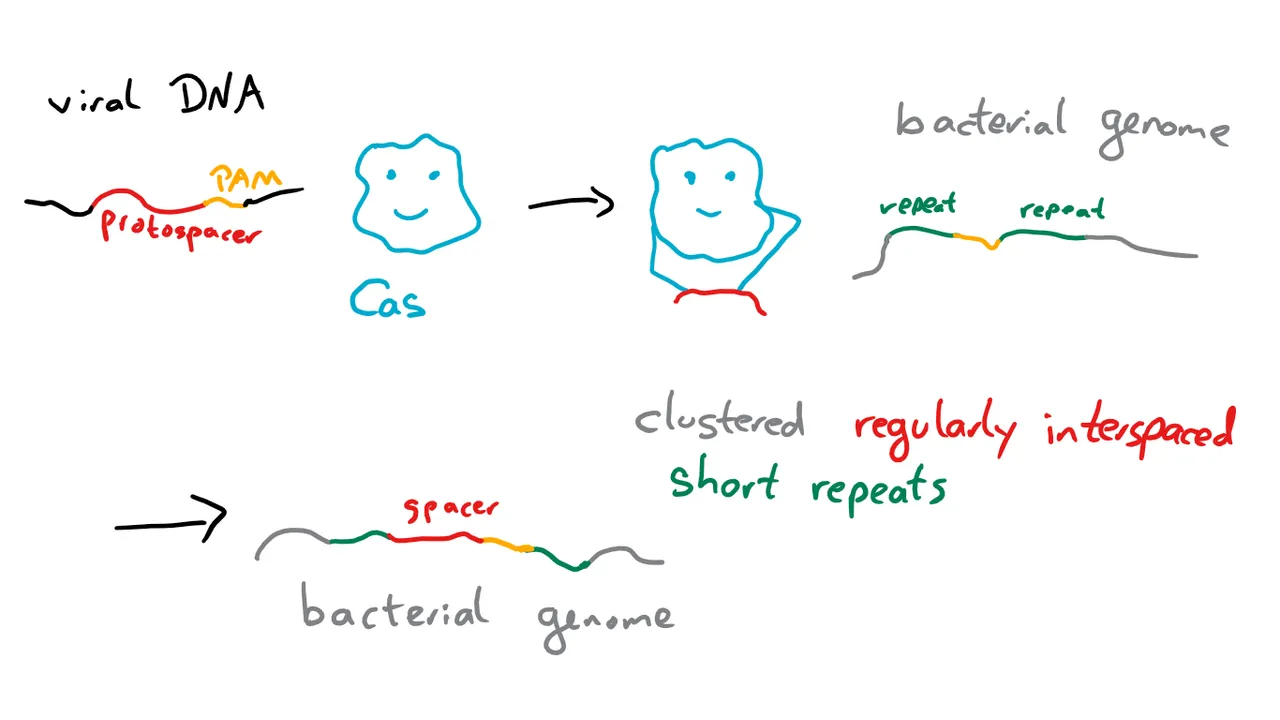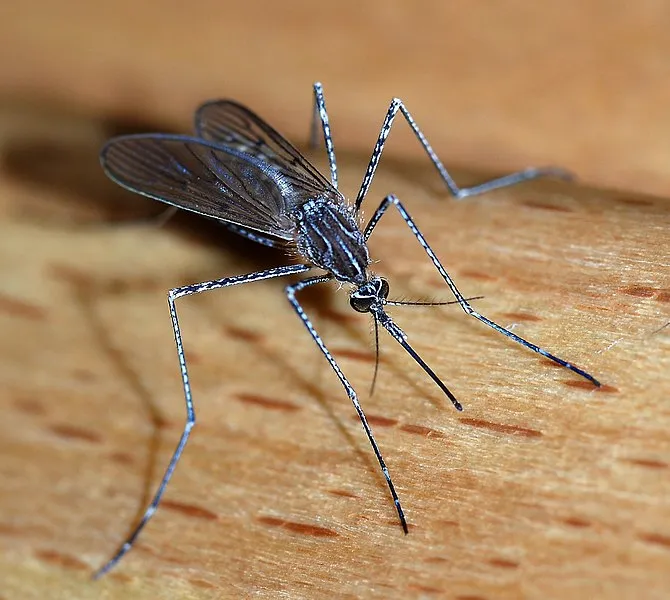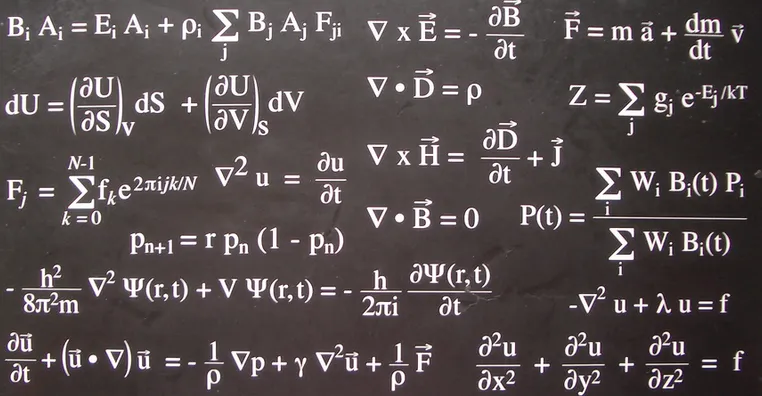DAVINCI GAGS

Attribution-ShareAlike CC BY-SA by @enmaart thanks to @enmaart and @davinci.art
WEEKLY RECAP

Image created by @elivsxx71
MAIN NEWS
The Eta Carinae accelerator
 Imagine CC0 Creative Commons - Source
Imagine CC0 Creative Commons - SourceThe Eta Carinae star system is “the brightest and most massive star system within 10,000 light years of us” , these particles could also be detected on Earth. This is the hypothesis of a group of scientists who have studied the interactions of the comic dust (produced by the explosion of a supernova), within a binary system of stars. These researchers hypothesize that especially electrons are accelerated. In this way it is possible to explain the large emission of X-rays and gamma rays recorded in that direction of the universe.
Junk DNA for life
Most of the genetic material is not used for protein coding, but has been labeled in the past few decades as "Junk DNA". In recent years research has increasingly shown that this part of DNA is anything but useless. The last research shows how some pieces of “Junk DNA” are fundamental for the correct embryonic development of the mouse. It must not to be excluded that sequences with similar functions are present in humans, due to the genetic affinity between the two species.
 Imagine CC0 Creative Commons - Source
Imagine CC0 Creative Commons - SourceThe speciation in cold seas
Contrary to what has been thought until now, a new study published in www.nature.com shows that in the coldest seas on the earth there is a higher rate of speciation compared to tropical areas. This means that more species are born, compared to the species that disappear. A strange fact, due to fact that these environmental conditions are less favorable to life. These extreme conditions, however, could justify this fact. The fish, in order to survive, must adapt, and this can contribute to the differentiation of species.
 Imagine CC0 Creative Commons - Source
Imagine CC0 Creative Commons - SourceSELECTED POSTS

Image used with permission of the author - Source
Very often great discoveries happen by chance. And almost by chance CRISPR-Cas9 was “discovered”; it is a new technology that is progressively changing the rules of genetic engineering and that, in the near future, could bring great results. @suesa talks about this sensational system that we stole from bacteria.

Imagine CC0 Creative Commons - Source
If someone asks us what we see when we close our eyes, we would probably answer"nothing" without hesitating. @ideas-abstractas talks about what actually happens, from a practical, biological and psychological point of view.

Imagine CC0 Creative Commons - Source
The temperature of our body is something we all know from when we were children, we learned to associate it with a fever and diseases; @purelyscience explains where this heat comes from, and through which mechanisms we can disperse and dissipate it.

Imagine CC0 Creative Commons - Source
Mosquitoes, as well as other parasites, are among the main vectors for a lot of diseases that can affect humans. Even today in the modern age of science, some of these diseases are difficult to treat or particularly hard to bear. @nonzerosum explains how is the best way to treat and prevent them and how to try to intervene directly on the vector, and not on the pathology itself.
POST OF THE WEEK
Does Math Represent Reality? Maybe Not. by @procrastilearner

Imagine CC0 Creative Commons - Source
The use of mathematics, and in particular its’ application to disciplines such as engineering, has certainly represented a turning point for the evolution of human history; but despite this absolutely shareable statement, are we really sure that it accurately represents our reality?

Immagine CC0 Creative Commons, si ringrazia @mrazura per il logo ITASTEM.
CLICK HERE AND VOTE FOR DAVINCI.WITNESS
Keep in mind that for organizational reasons it’s necessary to use “steemstem” and “davinci-times” tags to be voted.
@zest - @spaghettiscience - @rscalabrini

DAVINCI GAGS

Attribution-ShareAlike CC BY-SA by @enmaart thanks to @enmaart and @davinci.art
RECAP SETTIMANALE

Image created by @elivsxx71
NOTIZIE PRINCIPALI
L’acceleratore Eta Carinae
 Imagine CC0 Creative Commons - Source
Imagine CC0 Creative Commons - SourceIl sistema stellare Eta Carinae è un immenso acceleratore di particelle, che potrebbero essere rilevate anche sulla Terra. È l’ipotesi di un gruppo di scienziati che hanno studiato le interazioni della polvere presente (prodotta dall’esplosione di una supernova), con un sistema binario di stelle. I ricercatori ipotizzano che vengano accelerati soprattutto elettroni. In questo modo è possibile spiegare la grande emissione di raggi X e gamma registrata in quella direzione del cielo.
DNA spazzatura per la vita
La maggior parte del materiale genetico non serve per la codifica delle proteine, ed è stata etichettata nei decenni scorsi con il nome di “junk DNA”, DNA spazzatura. Negli ultimi anni sono sempre di più le ricerche che dimostrano come questa parte di DNA sia tutt’altro che inutile. L’ultima ricerca di ordine di tempo è quella che dimostra come alcuni pezzi di junk DNA siano fondamentali per il corretto sviluppo embrionale del topo. Non è da escludere che sequenze con analoghe funzioni siano presenti nell’uomo, vista l’affinità genetica tra le due specie.
 Imagine CC0 Creative Commons - Source
Imagine CC0 Creative Commons - SourceLa speciazione dei mari freddi
Contrariamente a quanto pensato finora, un nuovo studio pubblicato su Nature dimostra come nei mari più freddi del pianeta è presente un maggiore tasso di speciazione rispetto alle zone tropicali. Questo significa che le nascono più specie di quante ne scompaiano, un fatto strano viste le condizioni ambientali meno favorevoli alla vita. Proprio queste condizioni estreme però potrebbero giustificare questo fatto. Infatti i pesci, per sopravvivere, devono adattarsi, e questo può contribuire alla differenziazione delle specie.
 Imagine CC0 Creative Commons - Source
Imagine CC0 Creative Commons - SourcePOST SELEZIONATI

Image used with permission of the author - Source
Spesso le grandi scoperte avvengono per caso. E quasi per caso è stata “scoperta” la CRISPR-Cas9, una nuova tecnologia che sta progressivamente cambiando le regole dell’ingegneria genetica e che, nel prossimo futuro, potrebbe portare grandi risultati. @suesa ci parla di questo sensazionale sistema che abbiamo rubato ai batteri.

Imagine CC0 Creative Commons - Source
Se qualcuno ci chiedesse cosa vediamo quando chiudiamo gli occhi, probabilmente risponderemmo senza esitare “nulla”. @ideas-abstractas però, ci parla di quello che accade realmente dal punto di vista pratico, da quello biologico e da quello psicologico.

Imagine CC0 Creative Commons - Source
La temperatura del nostro corpo è qualcosa che tutti conosciamo e che, fin da bambini, impariamo ad associare alla febbre e alle malattie; @purelyscience ci spiega da dove arriva questo calore, e attraverso quali meccanismi siamo in grado di disperderlo e dissiparlo.

Imagine CC0 Creative Commons - Source
Le zanzare, così come altri “parassiti”, sono tra i principali vettori di numerose malattie che colpiscono l’uomo; alcune di queste malattie sono tuttora difficilmente curabili o, in ogni caso, debilitano particolarmente coloro che ne soffrono. @nonzerosum ci spiega come il miglior metodo per curare e prevenire queste malattie sia quello di cercare di intervenire sui vettori stessi, e non sulla patologia stessa.
POST DELLA SETTIMANA
Does Math Represent Reality? Maybe Not. by @procrastilearner

Imagine CC0 Creative Commons - Source
L’uso della matematica, ed in particolare la sua applicazione a discipline come l’ingegneria, ha rappresentato sicuramente un punto di svolta per l’evoluzione della storia umana; ma nonostante questa affermazione sia assolutamente condivisibile, siamo davvero sicuri che essa rappresenti in modo preciso la nostra realtà?

Immagine CC0 Creative Commons, si ringrazia @mrazura per il logo ITASTEM.
CLICK HERE AND VOTE FOR DAVINCI.WITNESS
Si ricorda che per motivi organizzativi è necessario utilizzare le tag “steemstem” e “davinci-times” per essere votati.
@zest - @spaghettiscience - @rscalabrini